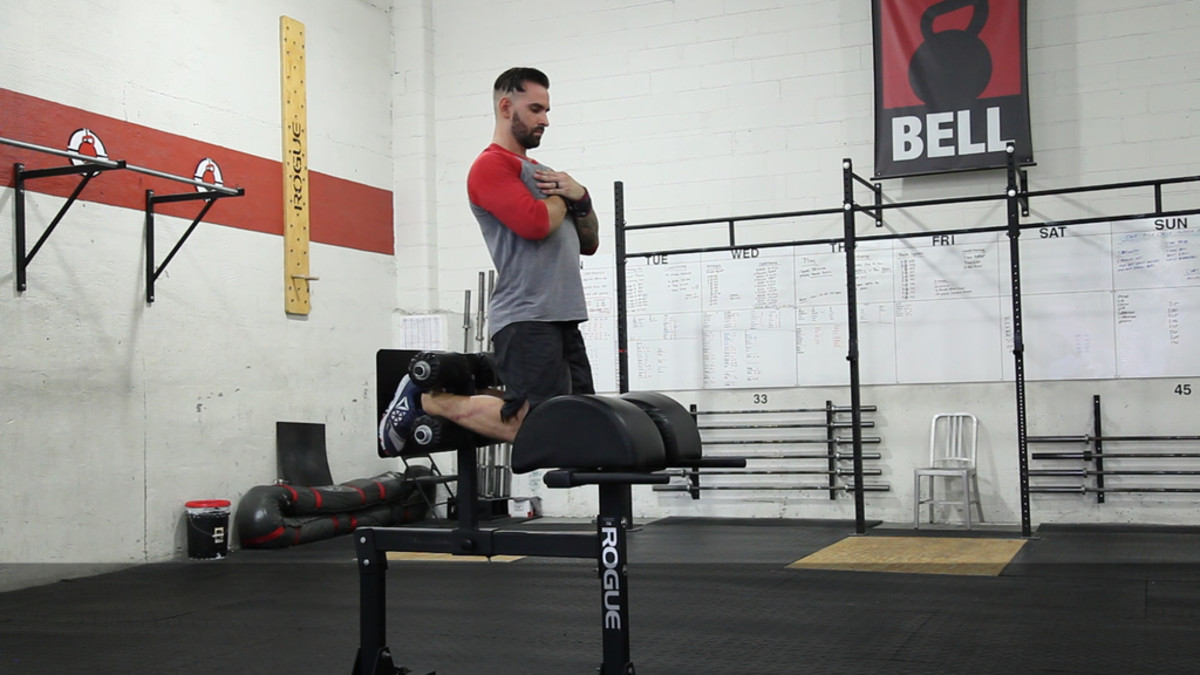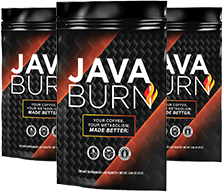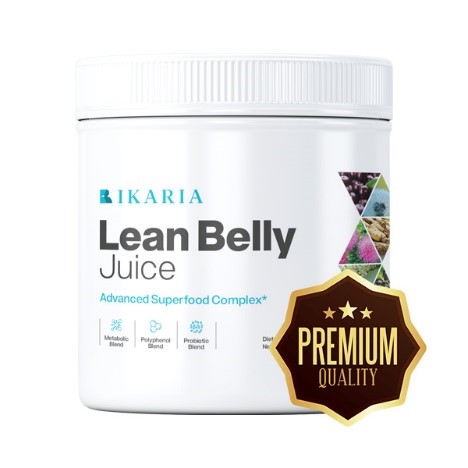If you’re targeted in your rearview, the glute extension—higher often known as hyperextension—is a top-tier glute exercise for strengthening and building the musculature of your butt. While many individuals flip to the apparent selections like Romanian deadlifts and hip thrust alternate options, glute extensions have one benefit they don’t. When finished with a full vary of movement, this transfer may assist work a body half we’re usually afraid to train: the low again.
“As a fitness culture, and in society in general, we’re afraid of spinal flexion,” the place the decrease again is flexed right into a C-shape, says Greg Pignataro, C.S.C.S., founding father of Never Past Your Prime. “But it’s a fundamental movement. It’s something we do every day if we bend down to pick something up. And just like any other movement, it’s something we can train to be strong in.”
Below we’ll break down how you need to use glute extensions to improve your strength, put together your glutes and hamstrings for extra hip-hinging, and injury-proof your backbone when doing heavy squats or deadlifts.
Related: Split Squat vs Lunge: Which Is Better for Gaining Size and Strength?
What Is a Glute Extension aka Hyperextension?
The glute extension, or hyperextension, is an exercise that is carried out on a again extension bench. This bench sits at 45 levels, has two flat pads in entrance for the thighs, and two spherical pads nearer to the ground for holding the decrease legs in place.
The authentic use of the again extension bench was to carry out a again extension—an exercise that helps strengthen your decrease again and core muscle tissue. When doing this transfer, the thighs are positioned in opposition to the flat pads, and the backs of the decrease legs are locked in by the spherical pads. The trainee bends at their hips—and ultimately rounds their again—to fold in half as their head goes in direction of their ft and the ground. From the backside, the again is prolonged to come again to the high.
When exercisers name this transfer a “glute extension,” they’re usually utilizing completely different methods to assist the again extension goal the glutes extra and work their backs much less.
How to Set Up for a Glute Extension
Oftentimes a glute extension is completed by arching the higher again all through the motion, with the chin pressed in opposition to the chest. But Pignataro and Shawn Arent, Ph.D., C.S.C.S., chair of the Department of Exercise Science at the University of South Carolina, don’t suggest doing this.
Instead, they suggest two completely different methods to improve this transfer’s effectiveness for glute progress whereas concurrently defending the decrease again.
Lower the Thigh Pads to Mid-Thigh
In the again extension, the thigh pads are sometimes positioned larger up on the thighs, nearly into the crease of the hip, says Arent.
“If I move the pad a little lower so it’s hitting me at mid-hip, or on the meat of the thigh, you’re changing the point of leverage a little bit,” he says. “You’re going to get a little more glute and hamstring involvement when you’re pulling back up, because you’ve moved the fulcrum.”
Shorten the Range of Motion
When bending all the method over on this bench to spherical the decrease again, the decrease again muscle tissue are used to straighten the again, and the glutes are used to straighten the hips.
If you need to train your again and hips, that’s good, Pignataro says. But in case your focus is barely in your glutes, you possibly can cease the motion earlier than your again begins to spherical.
So from the high of the transfer, you’d start to fold ahead at the hips, sustaining a flat again. When the angle of your hips reaches round 90 levels, you’ll cease, Pignataro says. Here, you’ll squeeze your glutes to come again to the beginning place.
Related: How to Activate Your Glutes Before You Run or Lift
How to Do a Glute Extension/Hyperextension
If you’re including the glute extension to your exercise, think about doing so later in your leg exercise, Arent says. Other strikes that you simply is perhaps doing, together with squats, lunges, deadlifts, and Romanian deadlifts, will want your hip-hinging muscle tissue and back-stabilizing muscle tissue to be sturdy, and the glute extension can tire these out.
Both consultants recommend performing the transfer with lighter weights, specializing in kind and the mind-muscle connection along with your glutes and the muscle tissue in your again. For your glutes, meaning attempting to actively really feel the transfer in your butt as your hips are hinging.
Beth Bischoff
How to Do It
- Adjust the again extension bench to your top. For a extra glute-focused extension, set the thigh pads up in order that they’ll hit you round mid-thigh. For a “normal” again extension, transfer the pads up into the crease of your hips.
- Straddle the bench with the thigh pads in opposition to your thighs and the spherical pads in opposition to the again of your decrease legs.
- Stack your head, shoulders, waist, and knees in a straight line. Keep a softness in your knees whereas bracing your core.
- If performing the transfer with body weight solely, cross your arms in entrance of your chest or put your arms up calmly by your ears. If holding a lightweight weight, maintain a dumbbell by its sides or plate in entrance of your chest with elbows bent. This is the beginning place.
- Push your hips again to hinge at the hips and preserve a impartial curve in your backbone as you start to decrease your chest in direction of the ground. If you’re targeted solely in your glutes, cease bending ahead when the angle of your hips reaches 90 levels. If you’re going for the full vary of movement, proceed bending ahead till you possibly can’t hinge your hips anymore, then spherical your again to fold your self fully in half.
- Brace your core, squeeze your glutes, and use the muscle tissue in your again to come again to the beginning place.
- Stop at the high when your body types a straight line once more.
- That’s 1 rep.
Pro Tip
Pignataro suggests performing this transfer for two to 3 sets of 10 to 20 reps per set. Once you possibly can carry out that with good kind, add a five- or 10-pound dumbbell, working up to 10 to 20 % of your body weight.
Safety Concerns With the Hyperextension
While it’s good to train your decrease again, when finished incorrectly this transfer may cause undesirable pressure on the lumbar backbone and, at worst, trigger disc herniation. Here are a couple of tips our consultants recommend to hold this transfer protected.
Don’t Hyperextend at the Top
Despite the transfer generally being known as a “hyperextension,” certainly one of the methods this exercise can find yourself leading to ache or damage is by hyperextending your hips at the high of the transfer, Arent says. In this place, you’ve pushed your hips ahead, your chest is puffed method out, and your head comes behind your butt.
“Here, your spine is in a less-than-ideal position,” he says. Instead, work to hold your head, shoulders, waist, and knees stacked in a straight line. While there might be some pure arching to the again, don’t push the hips ahead to overextend on this transfer.
Use a Low Weight and More Reps
You could have seen movies on-line the place trainees load this exercise with heavy barbells over their shoulders. But along with your knees locked into the bench, it is a precarious place, Pignataro says.
“For the purpose of strengthening the low back, I think once you can do 20 repetitions with good form, you can grab maybe a five- or 10-pound dumbbell,” he says. Hold the dumbbell in entrance of your chest by its ends, and do the again/glute extension this manner.
Pignataro additionally thinks that when targeted on the glutes, it’s finest to do that transfer with lighter weights.
“If you do high-repetition sets of this, it’s really good for strengthening the mind-muscle connection with the glutes,” he says, that means you’ll be higher at firing these bottom muscle tissue while you want to straighten your hips, as an alternative of compensating with the low again. “A lot of us struggle with this because we spend so much time sitting.”
If you need to train your glutes to be as sturdy as doable in the shortened place—which the glute extension does—Pignataro suggests going heavier on different glute exercises that work this portion of the glute’s vary of movement.
“Hip thrusts, hip thrust machines, Romanian deadlifts—these will offer a safer way to load the glutes [in this shortened position] and still challenge the same thing,” he says.
Related: Are You Fit Enough to Finish the 28-Day Calisthenics Challenge?
Muscles Worked in Glute Extensions
When you’re hinging your hips on this transfer, you’re primarily utilizing your glutes and the hamstrings, the muscle tissue in the again of your thighs. When your again rounds at the backside of the vary of movement, the transfer focuses on the spinal erectors, or erector spinae.
The erector spinae aren’t simply your decrease again, Arent says.
“It’s that column of muscle that runs up from your lower back into your lower traps, [the muscles that shrug your shoulders],” he says. “It’s like a set of cables that run up your back.”
When these cables flex, they pull your backbone straight. And that’s the method they work at the backside of the glute extension, straightening the again. The glutes and hamstrings straighten the hips, pulling the now-flat again up to the high of the transfer.
This exercise principally works the glutes in the shortened place, Pignataro says.
Here’s what meaning: Muscles have a lengthened place, and a shortened place. When your arm is straight at your facet and you start a biceps curl, the backside half of the transfer is the lengthened place. At the high of the transfer, when your bicep is all bunched up, it’s in the shortened place. Working simply the high of the curl, then, would work the muscle in the shortened place.
For the glutes, that’s primarily how the hyperextension works: It principally trains the glute in the shortened place. Other strikes, like the Bulgarian cut up squat, work extra of the lengthened place.
Related: 10 Best Bodyweight Leg Exercises for Size and Strength
Glute-Ham Raise vs. Back Extension

Courtesy Image
The glute-ham elevate is the same exercise to the again extension/glute extension, nevertheless it’s carried out on a distinct kind of bench. The glute-ham elevate bench has two sets of spherical pads in the again for locking the ft in place, and a big, half-moon-shaped pad the place the knees and decrease thighs are often positioned.
When doing this transfer, the exerciser often begins in a kneeling place with their body forming a straight line from head to knees. They hold this line straight and unbend their knees to go ahead till their entire body is parallel to the ground whereas there’s nonetheless a slight bend in the knee. From this place, they pull themselves again up to the start.
“You’re pulling more with the hamstrings and the glutes” than on the again extension bench, Arent says. This transfer is type of like a body weight model of the mendacity leg curl machine, he says.
The glute-ham elevate (GHR) bench can be used for a distinct type of glute extension exercise, he says. To do it, flip round in order that your face is close to the feet-locking spherical pads. Many GHR benches have handles right here. Grab them. The entrance of your hips might be on the half-moon pad, along with your legs hanging off of it. Keeping your legs straight, squeeze your glutes to raise your legs from being bent 90 levels till your body types a straight line. This transfer type of seems to be like the reverse of a leg raise on a Roman chair.



















Discussion about this post